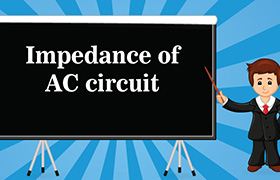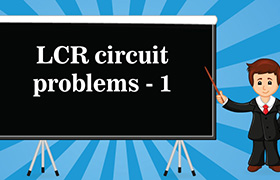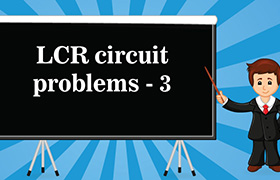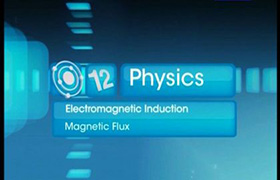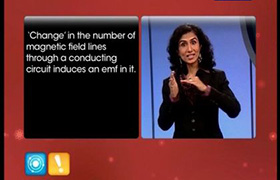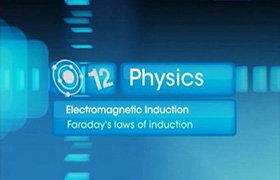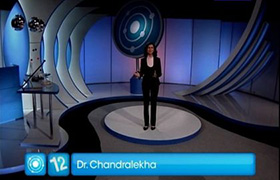JEE Class main Answered
Solve the question in photo
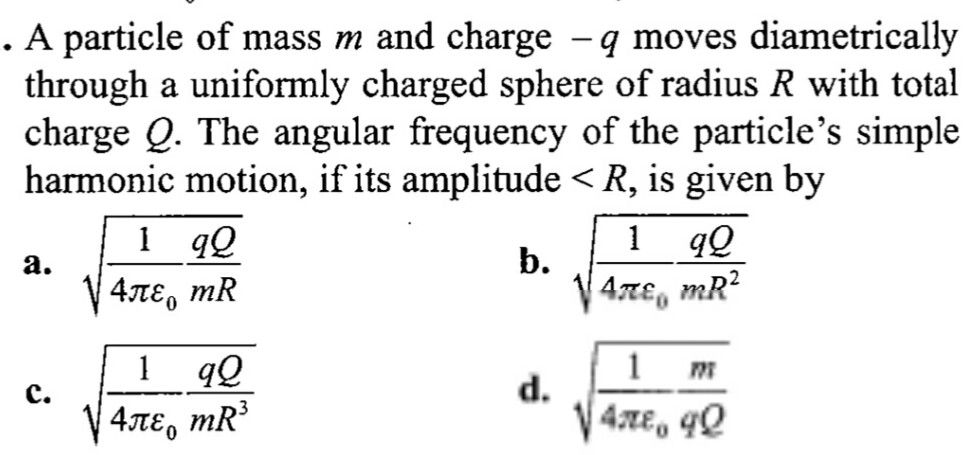
Asked by Vidushi412 | 04 Apr, 2019, 11:50: AM
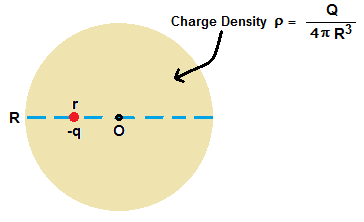
Let us assume a uniformly charged sphere of radius R and total charge Q. Charge density ρ = Q/(4πR3)
if a charge -q is moving from a surface point towards centre, workdone W is given by,
W =  ............................(1)
............................(1)
 ............................(1)
............................(1)workdone as given by eqn.(1) will be equal to maximum kinetic energy (1/2)kR2 at equilibrium position O, where k is force constant
and it is given by k = mω2 , where m is mass of charge and ω is angular frequency
( maximum kinetic energy at equilibrium position for a SHM is (1/2)kA2 , where A is amplitude.
Here we have assumed maximum amplitude equals Radius of sphere)

Answered by Thiyagarajan K | 04 Apr, 2019, 12:57: PM
Application Videos
Concept Videos
JEE main - Physics
Asked by jwjwwj | 16 Jan, 2025, 13:26: PM
JEE main - Physics
Asked by mishradarshan03 | 22 Dec, 2024, 11:45: AM
JEE main - Physics
Asked by sumalathamadarapu9 | 23 Oct, 2024, 22:06: PM
JEE main - Physics
Asked by py309649 | 13 Oct, 2024, 13:39: PM
JEE main - Physics
Asked by coolskrish | 13 Oct, 2024, 12:50: PM
JEE main - Physics
Asked by midnightmoon3355 | 09 Oct, 2024, 09:09: AM
JEE main - Physics
Asked by rambabunaidu4455 | 03 Oct, 2024, 16:03: PM
JEE main - Physics
Asked by ratchanavalli07 | 17 Sep, 2024, 07:46: AM
JEE main - Physics
Asked by yayashvadutta45 | 15 Sep, 2024, 19:47: PM
JEE main - Physics
Asked by adithireddy999 | 03 Sep, 2024, 09:35: AM


